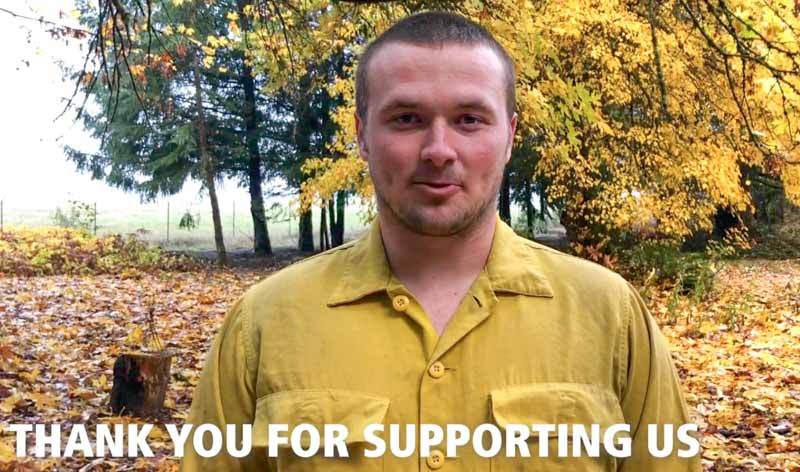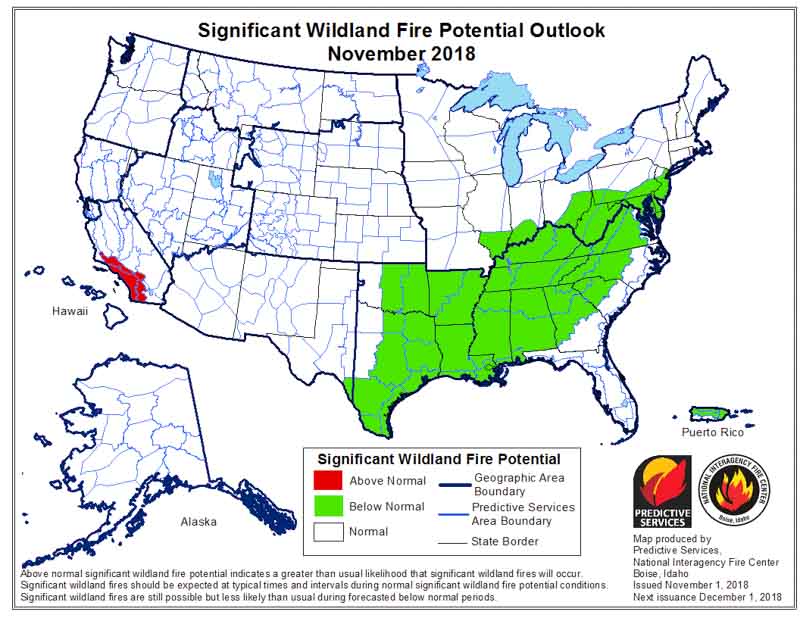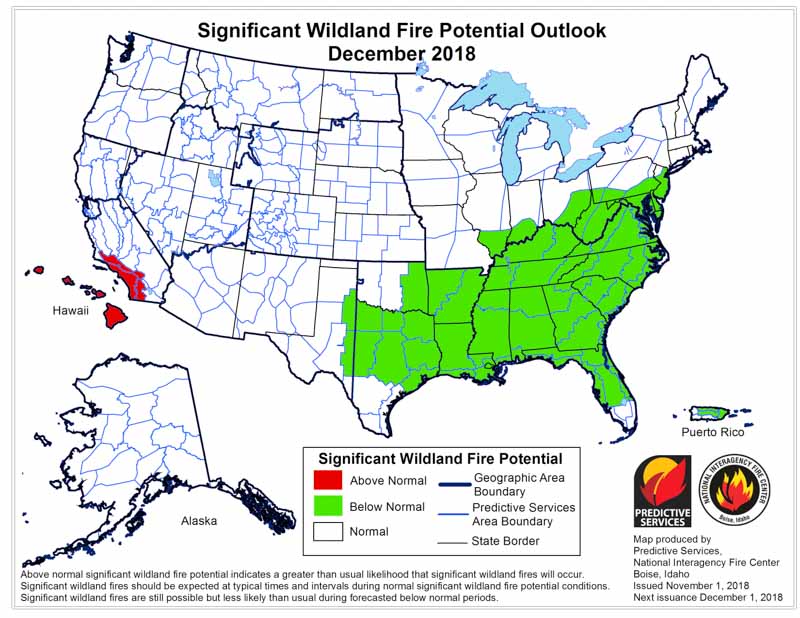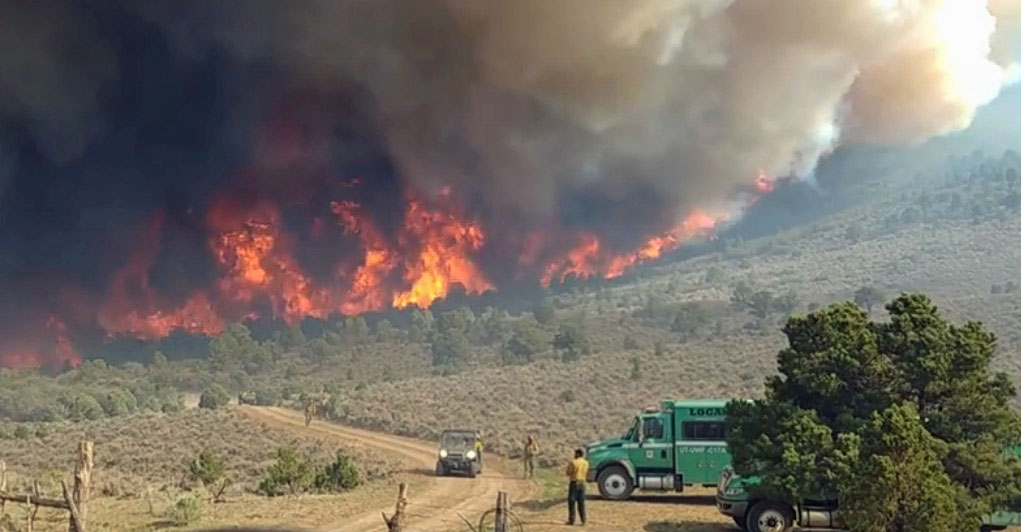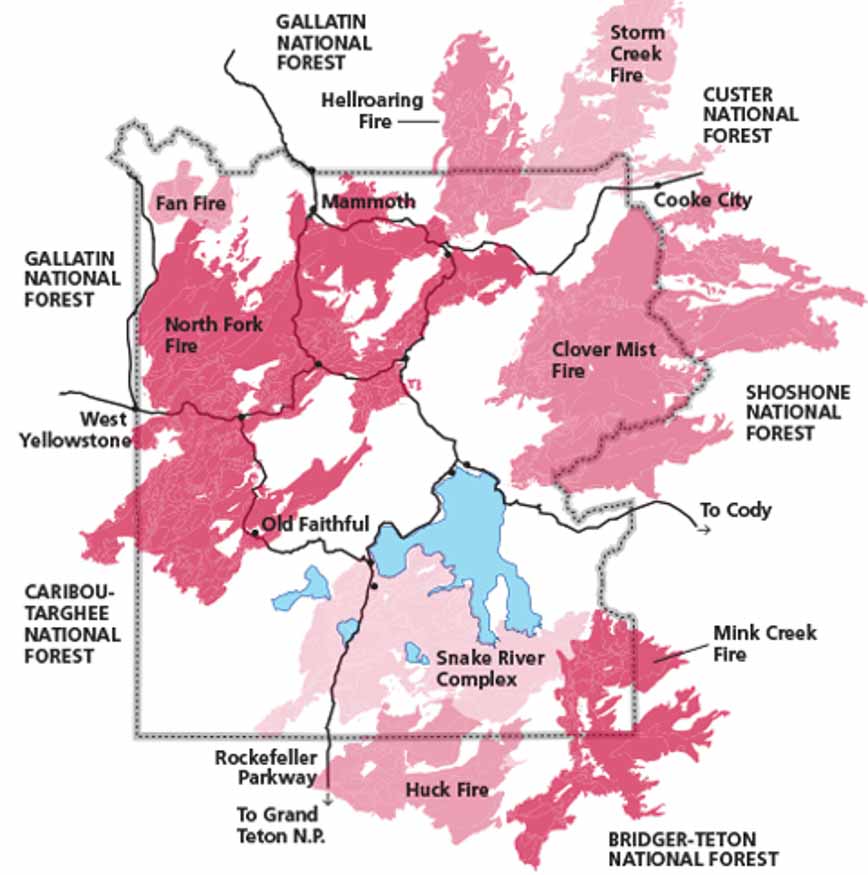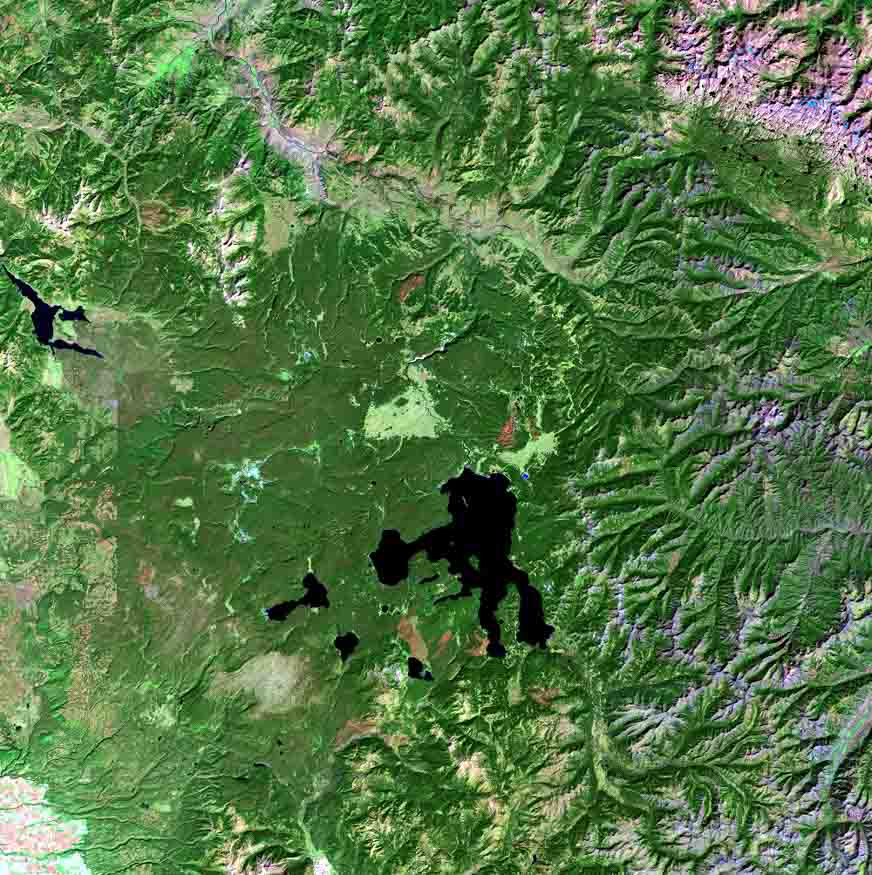Above: Spring Creek Fire southwest of Pueblo, Colorado. Photo uploaded to InciWeb June 29, 2018.
Reporters at a recently created newspaper in Colorado dug up a great deal of information about the cost of the large wildfires that occurred in Colorado this year. Jennifer Brown and Jason Blevins authored an article in The Colorado Sun that broke down many different categories of costs, from portable toilets to firefighting aircraft.
The data they collected came from the Colorado Division of Fire Protection and Control. A federal agency has not responded to a records request the newspaper filed months ago.
The article concentrates on two of the largest fires in Colorado this year — Spring Creek 51 miles southwest of Pueblo, and Silver Creek near Kremmling.
Below is an excerpt from the article:
The drought-ravaged summer of 2018 was an expensive one for firefighting, with costs reaching an estimated $130 million for 18 fires, according to documents received by The Colorado Sun through a public records request to the state Division of Fire Protection and Control. Of that, the state’s share is more than $40 million.
That’s six times more than Colorado spent on fighting wildfires in 2017 and two and a half times what it spent in 2016. Ten fires last year cost just more than $10 million combined.
It is a very interesting well researched article –worth your time.
The Colorado Sun published their first edition on September 10. Many of the reporters came from the Denver Post and other newspapers that have had massive staff reductions in recent years. The Post, created in 1892, was purchased in 2010 by hedge fund Alden Global Capital, run by Heath Freeman under their Digital First Media umbrella. The organization has purchased 97 newspapers.
Below is an excerpt from an article published in Bloomberg March 26:
…But what sets Freeman apart is that he seems to have a rather unique view of a newspaper’s purpose. In this view, his papers are intended not so much to inform the public or hold officialdom to account, but to supply cash for Freeman to use elsewhere. His layoffs aren’t just painful. They are savage.
For instance, according to figures compiled by the NewsGuild, the union that represents workers at Digital First Media properties, the staff of the Denver Post has fallen from 184 journalists to 99 between 2012 and 2017. The Pottstown Mercury in Pennsylvania went from 73 journalists in 2012 to 19 in 2017. That’s right: 19. The Norristown Times-Herald, also in Pennsylvania, shrank from 45 journalists to 12. The San Jose Mercury News and the Orange County Register, both of which had been dominant papers in their regions before Alden Global bought them, have also been decimated by layoffs.
[…]
But the pattern continues. Last week, no sooner had Digital First Media closed on its purchase of the Boston Herald than it announced that it would cut the staff from 240 employees to 175.
Thanks and a tip of the hat go out to Tom.
Typos or errors, report them HERE.


